Check out before these deals are gone!


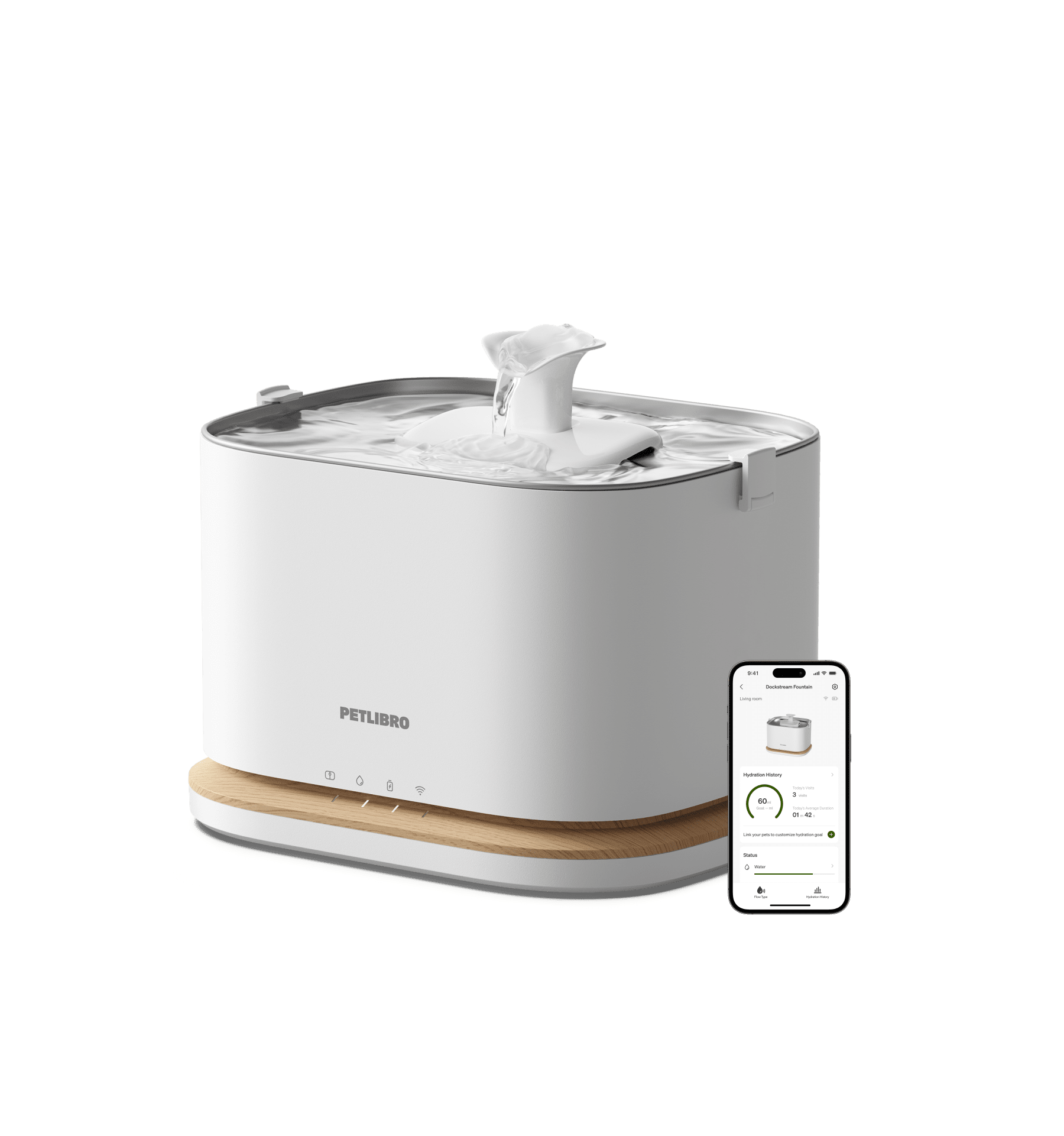
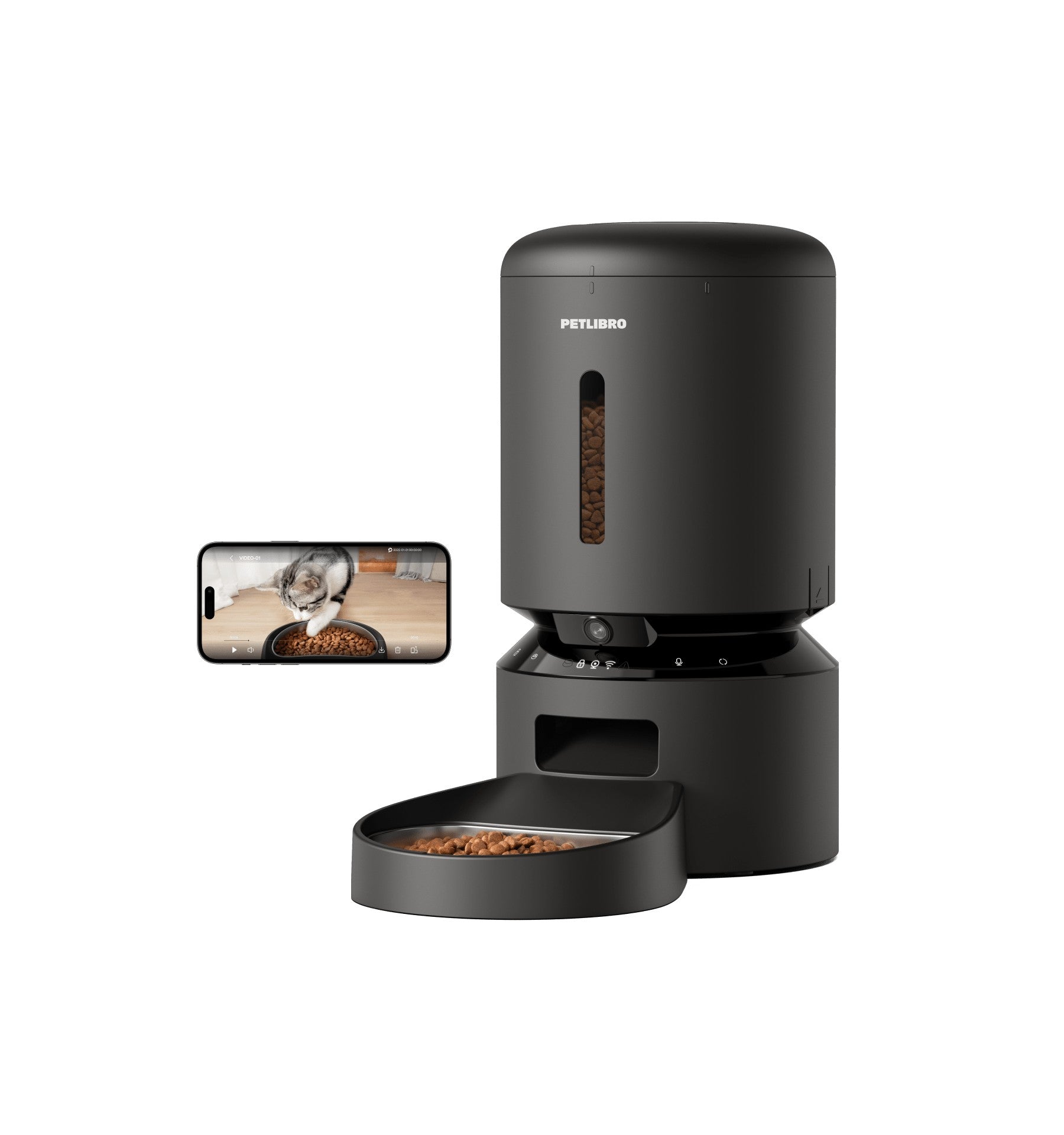

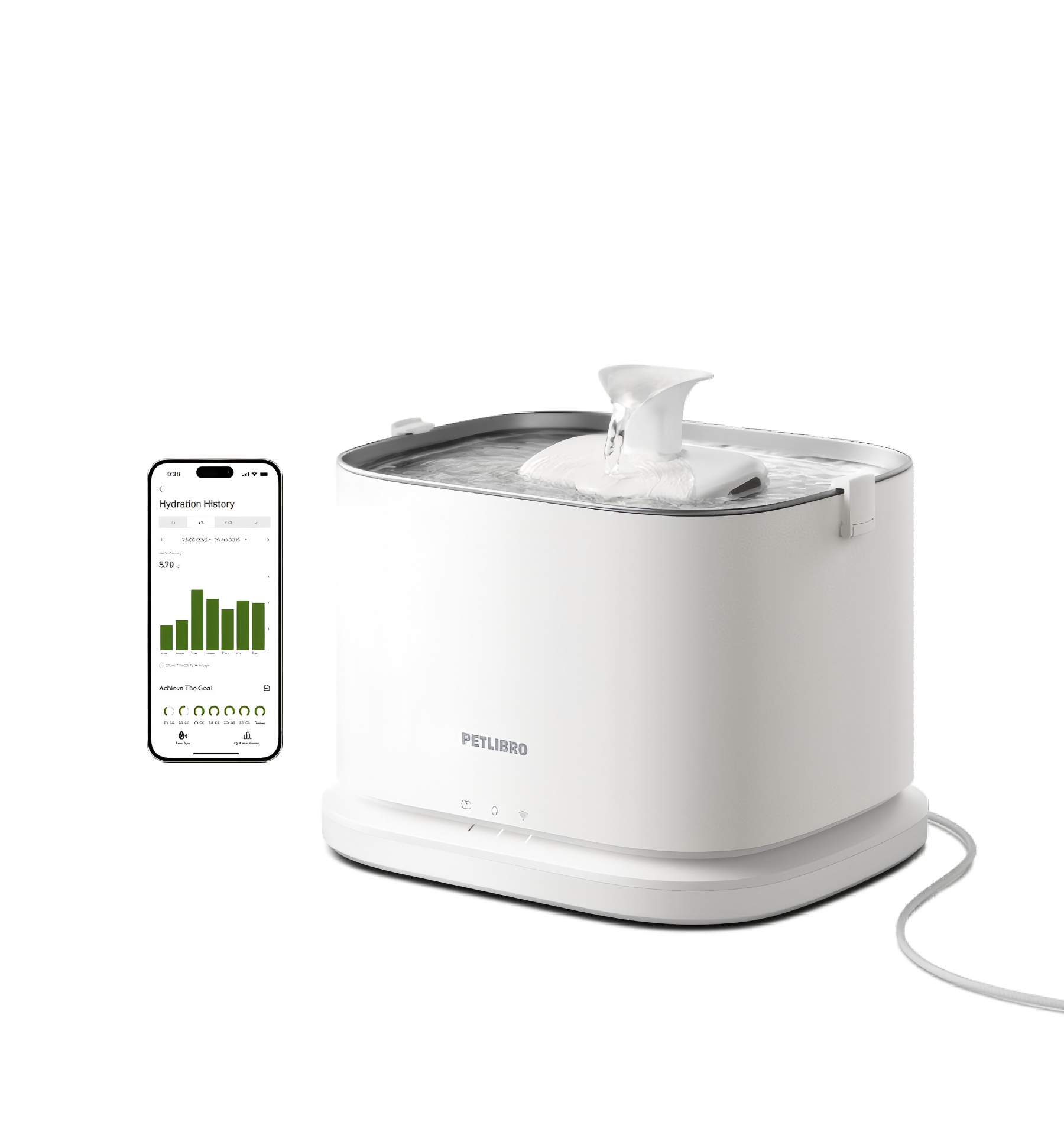

























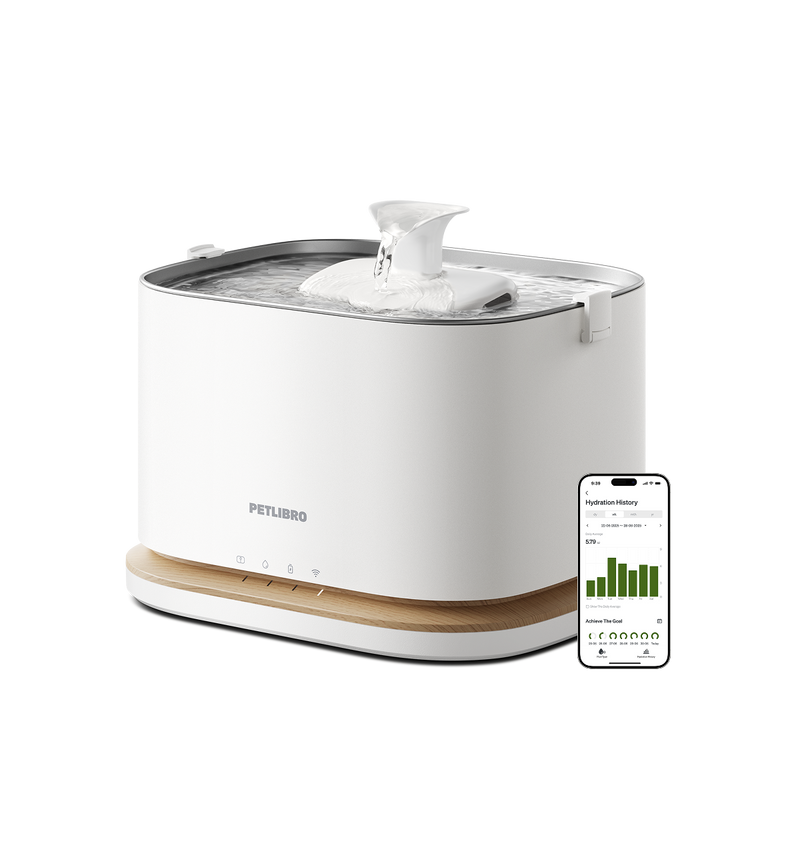
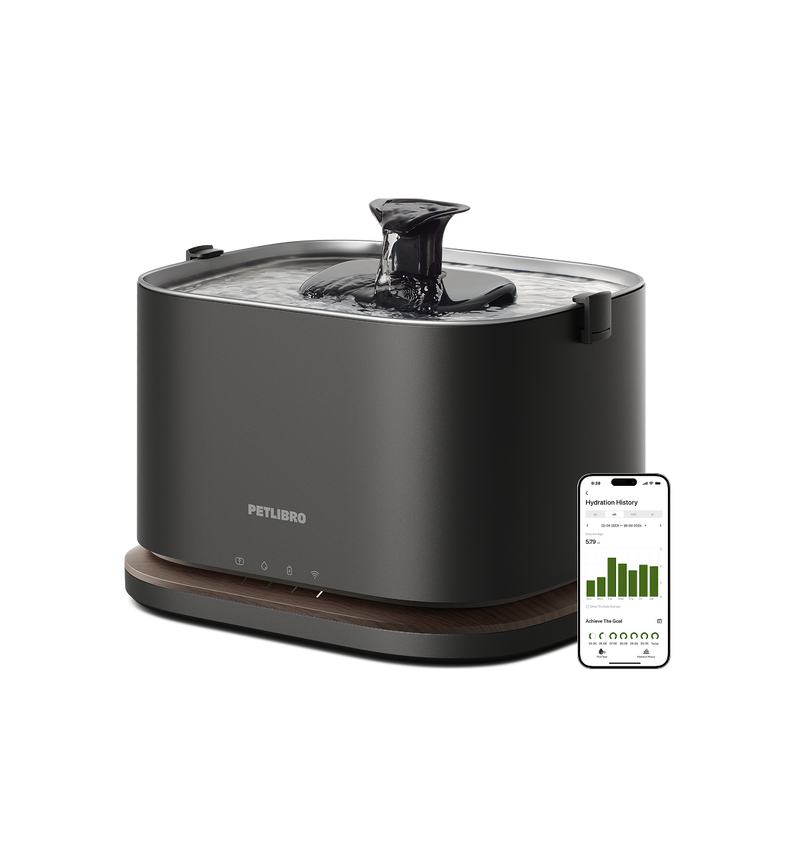
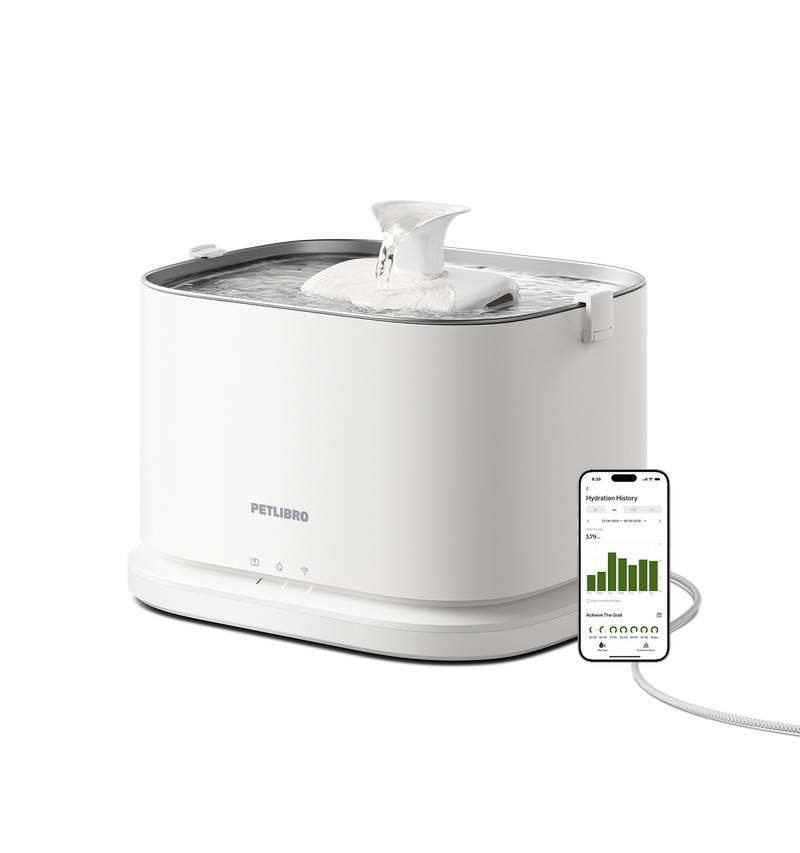
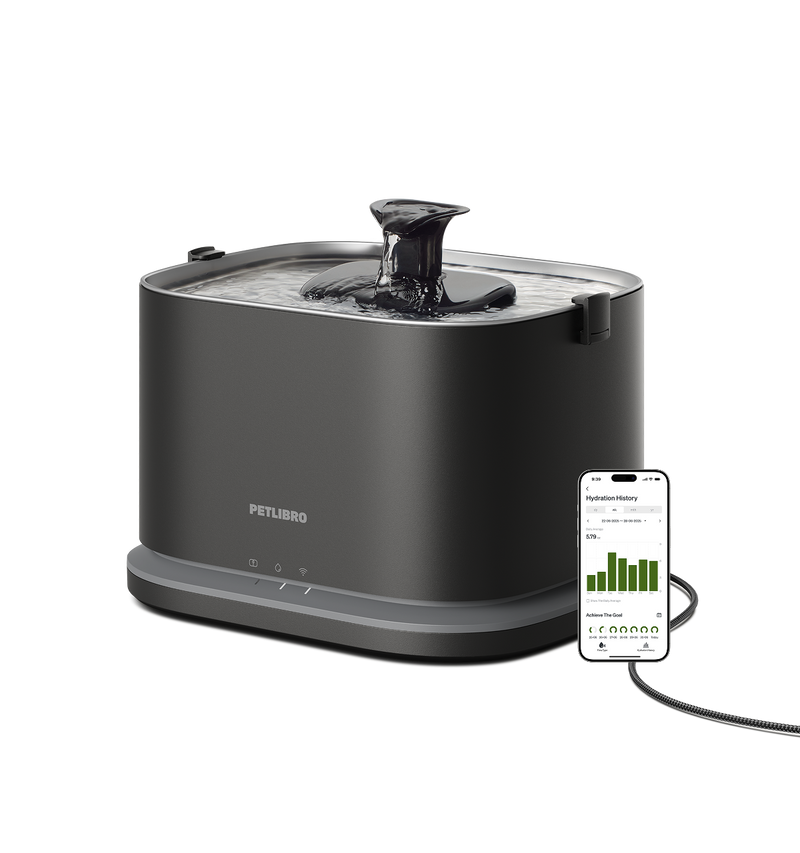










By subscribing, you agree to receive email marketing from Petlibro. Privacy Policy | Terms of Service


Code is valid for 48 hours for one order only. Code cannot be combined with other codes. Accessories are excluded.
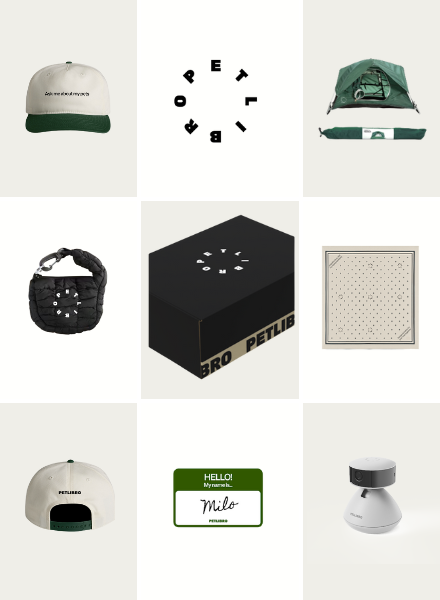
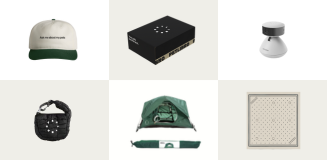
Open to legal U.S. residents, 18 years or older. Void where prohibited. Giveaway begins on 08/26/2025 and ends on 09/15/2025 at midnight PST. Three winners will each receive a limited-edition Petlibro PR Kit, which includes the Scout Smart Camera and select branded merch. Winners will be chosen at random and notified via Instagram or email (depending on entry format) by 09/30/2025. If a winner does not respond within 48 hours, another may be selected. Odds of winning depend on the total number of eligible entries received. Only one email entry per person will be counted, though additional entries may be submitted through the bonus methods described above. Petlibro is not liable for any issues that arise from participation or use of the prize. Personal information will be collected and handled in accordance with our Privacy Policy.


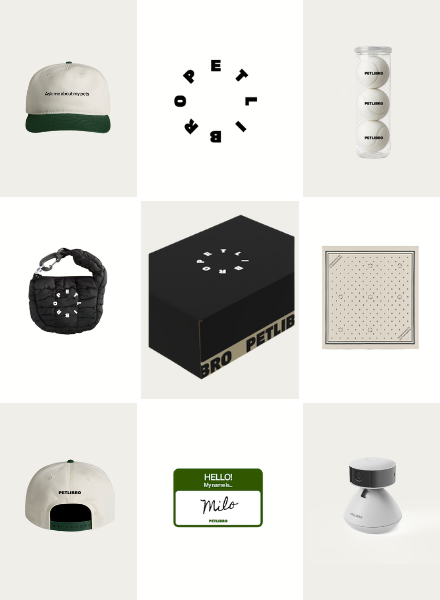
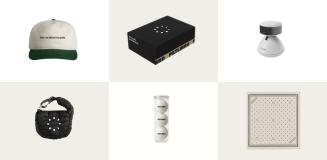
Open to legal U.S. residents, 18 years or older. Void where prohibited. Giveaway begins on 08/26/2025 and ends on 09/15/2025 at midnight PST. Three winners will each receive a limited-edition Petlibro PR Kit, which includes the Scout Smart Camera and select branded merch. Winners will be chosen at random and notified via Instagram or email (depending on entry format) by 09/30/2025. If a winner does not respond within 48 hours, another may be selected. Odds of winning depend on the total number of eligible entries received. Only one email entry per person will be counted, though additional entries may be submitted through the bonus methods described above. Petlibro is not liable for any issues that arise from participation or use of the prize. Personal information will be collected and handled in accordance with our Privacy Policy.


Cats are masters of disguise when it comes to illness, often hiding symptoms until a condition is quite advanced. This is especially true for dehydration, which can escalate quickly in our feline companions if the subtle signs are overlooked. It’s a common assumption that cats, being descendants of desert animals, can withstand water scarcity. However, in reality, proper hydration is crucial for your cat's health and well-being1. Dehydration in cats—often a silent threat—can lead to serious health complications if not detected early and managed appropriately. This article aims to shed light on the subtle signs of dehydration in cats and provide practical strategies for prevention.
This article will delve into the science behind feline dehydration, equip owners to recognize the common and not-so-obvious symptoms, uncover potential triggers, provide actionable prevention strategies, outline when to seek veterinary assistance, and share real-life case studies. Forewarned is forearmed when it comes to detecting dehydration in cats - this comprehensive guide will uncover the subtle clues to spot dehydration early and stop it in its tracks. Keeping our cats properly hydrated promotes wellbeing and can prevent serious health complications down the line.
Dehydration is a term used to describe a state of water deficit in the body2. It occurs when the body loses more fluids—primarily water—than it takes in. This imbalance disrupts normal metabolic processes, leading to various health problems. In cats, water plays a crucial role in maintaining body temperature, aiding digestion, and facilitating nutrient absorption, among other functions3.
To understand why dehydration is dangerous for cats, it helps to first comprehend the fundamental role water plays in the feline body. Water makes up approximately 60-70% of an adult cat's body weight. It is essential for distributing nutrients, regulating body temperature, cushioning joints, protecting sensitive tissues, and eliminating waste.
When a cat becomes dehydrated, it means the body loses more water than it takes in. This causes the total body water content to drop below healthy parameters. Even mild dehydration of just 5% water loss can start to negatively impact bodily functions. As dehydration progresses, the blood thickens, heart rate increases, circulation is reduced, and organs like the kidneys become stressed. Left untreated, these effects can spiral into potentially life-threatening conditions.
Tuned-in cat owners can catch dehydration early by vigilantly monitoring for the following common and subtle symptoms. Recognizing the signs of dehydration in cats can be challenging, as cats are masters at hiding their discomfort4. However, knowing what to look for can make a significant difference:
Healthy cat gums are wet and slick. Dry gums are an early sign of dehydration5. Dry, sticky, or tacky feeling gums often signal inadequate hydration. Gently run a finger along your cat's gums and take note of any change in texture. The gum tissue may also appear darker pink and less elastic when dehydrated.
When gently pinched, a hydrated cat's skin will spring back into place. If it doesn't, your cat might be dehydrated6. Use the scruff of the neck to test your cat's skin turgor and elasticity. Gently pinch and lift the fur and skin between thumb and forefinger, then release. The skin should immediately snap back to its normal position. With dehydration, the skin loses elasticity and remains "tented" for 1-2 seconds before falling back.
Cats with severe dehydration can have sunken eyes and exhibit lethargy or tiredness7. However, these signs typically present at more advanced stages of dehydration after significant water loss. Rely more heavily on subtler symptoms like gums and skin turgor to catch dehydration early.
Changes in litter box habits, such as less frequent urination, can signal dehydration8. If your cat is not producing normal volumes of urine, take note. Urine should be dilute, straw colored, and present in the litter box at least a couple times per day. Dark yellow urine, difficulty urinating, or no urine over many hours all warrant attention. Monitor your cat's litter habits closely.
Stay alert to these common and subtle physical indicators of dehydration in cats. The earlier dehydration is detected, the better the outcome for successful intervention. Don't wait until symptoms escalate - cat owners should take action at the first hint of any dehydration red flags.
Feline dehydration does not occur in a vacuum - there are often underlying causes or contributing factors at play. Several factors can contribute to cat dehydration. Understanding these can help you better care for your feline friend:
Conditions like kidney disease, diabetes, and hyperthyroidism can increase the risk of dehydration9. Illnesses like kidney disease, diabetes and hyperthyroidism also predispose cats to dehydration due to excessive urination and electrolyte imbalances. Always rule out and address any underlying disease processes.
Certain drugs can lead to increased urination, resulting in a higher risk of dehydration10. If your cat starts a new medication, be vigilant about signs of potential dehydration in the early stages. Consult your vet about proper hydration monitoring.
Hot conditions can increase your cat's water needs. If these needs aren't met, your cat may become dehydrated11. When cats exercise or are exposed to hot environments, they lose more moisture through breathing and sweat from their paw pads. Outdoor cats in summer or heated indoor spaces raise dehydration risks. Ensure ample shade and fresh water.
Changes in urination frequency or consistency can signal various health issues, including dehydration12. Any issues deterring a cat from proper litter box use - like introducing a new box/location, dirty boxes, stress, or discomfort - can inhibit adequate hydration. Cats who stop urinating altogether warrant an urgent vet visit to identify causes.
Dry food contains less moisture than wet food, thus potentially increasing the risk of dehydration13.Cats fed dry food take in less moisture with their meals compared to wet food diets. Especially for cats prone to urinary problems, a switch to dry food calls for careful hydration monitoring.
Stay vigilant about these potential triggers underlying feline dehydration. Promptly address any primary illnesses while taking steps to counteract environmental, medication, and diet-related risk factors. The key is minimizing situations that impair water intake or encourage excessive water loss. Forewarned is forearmed.
Preventing dehydration is far easier than treating it. Here are some strategies to ensure your cat stays well-hydrated:
Home monitoring has its limitations in assessing dehydration severity. If your cat shows multiple symptoms or you are unsure about hydration status, err on the side of caution and seek prompt veterinary care.
If your cat exhibits signs of dehydration, it's vital to seek veterinary care as soon as possible20. You can perform a 'skin tent' test at home by gently pinching your cat's skin; if it doesn't spring back quickly, your cat may be dehydrated21. However, it's important to remember that while you can take steps to prevent and detect dehydration, identifying and treating the underlying causes are tasks best left to a professional veterinarian22.
Do not force fluids on a potentially dehydrated cat at home without guidance, as overhydration can also be dangerous. The key is identifying and properly addressing the underlying cause.
Your vet can provide the appropriate oral or intravenous fluid therapy, medications, lab work, and follow-up care tailored to your cat's needs for a full recovery. When in doubt, a timely vet visit is advised.
Maintaining adequate hydration is crucial to your cat's overall health. A well-hydrated cat is likely to have a healthy skin and coat, maintain regular and healthy digestion, and enjoy a healthier kidney function23. Moreover, proper hydration aids in temperature regulation and helps the body excrete waste and toxins24. These benefits underscore the importance of keeping your feline friend well-hydrated.
There are several misconceptions about cat hydration that can lead to harmful practices if not addressed. Here are a few important ones to dispel:
To provide some real-world context, here are examples of two cats overcoming dehydration under their owners'.
John noticed his 7-year-old cat Mittens was extremely lethargic one hot summer day after being outside all morning. Her gums were dry and tacking when touched. John brought Mittens to the emergency vet, where bloodwork showed she was dehydrated with elevated kidney values.
The vet determined Mittens likely became dehydrated from the heat outdoors, causing strain on her kidneys. She was given subcutaneous fluids and hospitalized on intravenous fluids overnight. With proper rehydration therapy, Mittens recovered fully within 48 hours. John now ensures Mittens has access to plenty of fresh water and shade when outside on hot days [21].
Maggie’s 12-year-old cat Callie was newly diagnosed with chronic kidney disease. The vet advised Maggie that Callie would need vigilance against dehydration. Soon after starting a kidney diet, Maggie noticed Callie’s eating and drinking decreased.
Catching it early before obvious lethargy set in, Maggie brought Callie to her vet. Callie was moderately dehydrated. The vet administered subcutaneous fluids and anti-nausea medication. Maggie also switched Callie to exclusively wet renal food, set up additional water stations, and continued sub-q fluids at home. With these interventions, Callie’s hydration status improved [22].
These real-life cases reinforce the importance of recognizing subtle signs of dehydration and seeking timely veterinary care. With attentive owner monitoring and proper treatment, even at-risk cats like Mittens and Callie can bounce back after dehydration episodes.
Dehydration is a silent saboteur of feline health - subtle in onset, yet detrimental if left unchecked. Being the attentive cat guardians our pets depend on requires making hydration a top priority. Know the signs, stay vigilant about triggers, take proactive prevention measures, and act quickly if dehydration is suspected.
Providing abundant fresh water, feeding wet food, monitoring intake and litter habits, and maintaining a healthy home environment are vital to proper hydration. Partner with your vet at the first hint of dehydration. With knowledge, prevention and early intervention, we can help hydrate our cats and safeguard their future wellbeing.
As a cat owner, understanding the risk of dehydration, recognizing its signs, and knowing how to prevent it are key to maintaining your cat's health. While cats may be experts at hiding their discomfort, a vigilant owner who knows what to look for and takes proactive steps can ensure their feline friend stays well-hydrated and healthy. Always remember, when in doubt, consult a professional veterinarian for advice.
Here is a brief quiz to help readers assess their cat's hydration status:
How often is fresh water available to your cat?
a) 24/7
b) Daily
c) Every few days
What is the condition of your cat's gums?
a) Moist and slick
b) Dry, sticky or tacky
c) Not sure
When you pinch and release the skin, does it:
a) Snap back immediately
b) Tent for 1-2 seconds before retracting
c) Haven't checked
How frequently is your cat urinating per day?
a) 2 or more times
b) Once a day
c) Not at all or straining
Is your cat lethargic or showing other signs like sunken eyes?
a) No
b) Yes
c) Unsure
If you answered mostly B's or C's, your cat may be at risk for dehydration. Discuss your concerns with your veterinarian. Implement tips from this article to improve your cat's hydration.